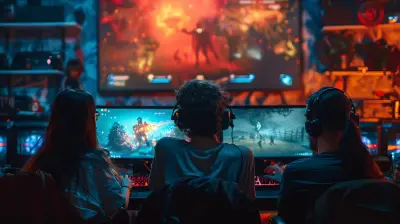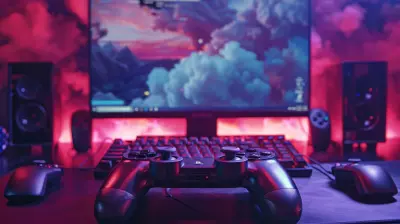Achieving True Immersion: How Visual Design Transports Us to Fantasy Worlds
18 August 2025
Have you ever been so captivated by a game or movie that you forgot the real world even existed? You’re not alone. We've all been there—sinking hours into a fantasy RPG or getting lost in a breathtaking open world where every pixel feels alive. What makes these experiences so immersive? Sure, gameplay and storytelling are important, but there’s another piece of the puzzle we often overlook: visual design.
Visual design isn’t just about making things “look pretty.” It’s the magic ingredient that transforms a simple game or movie into a living, breathing world you can't wait to dive into. Today, we’re going to break down exactly how it works—and why it’s the ultimate portal to fantasy worlds.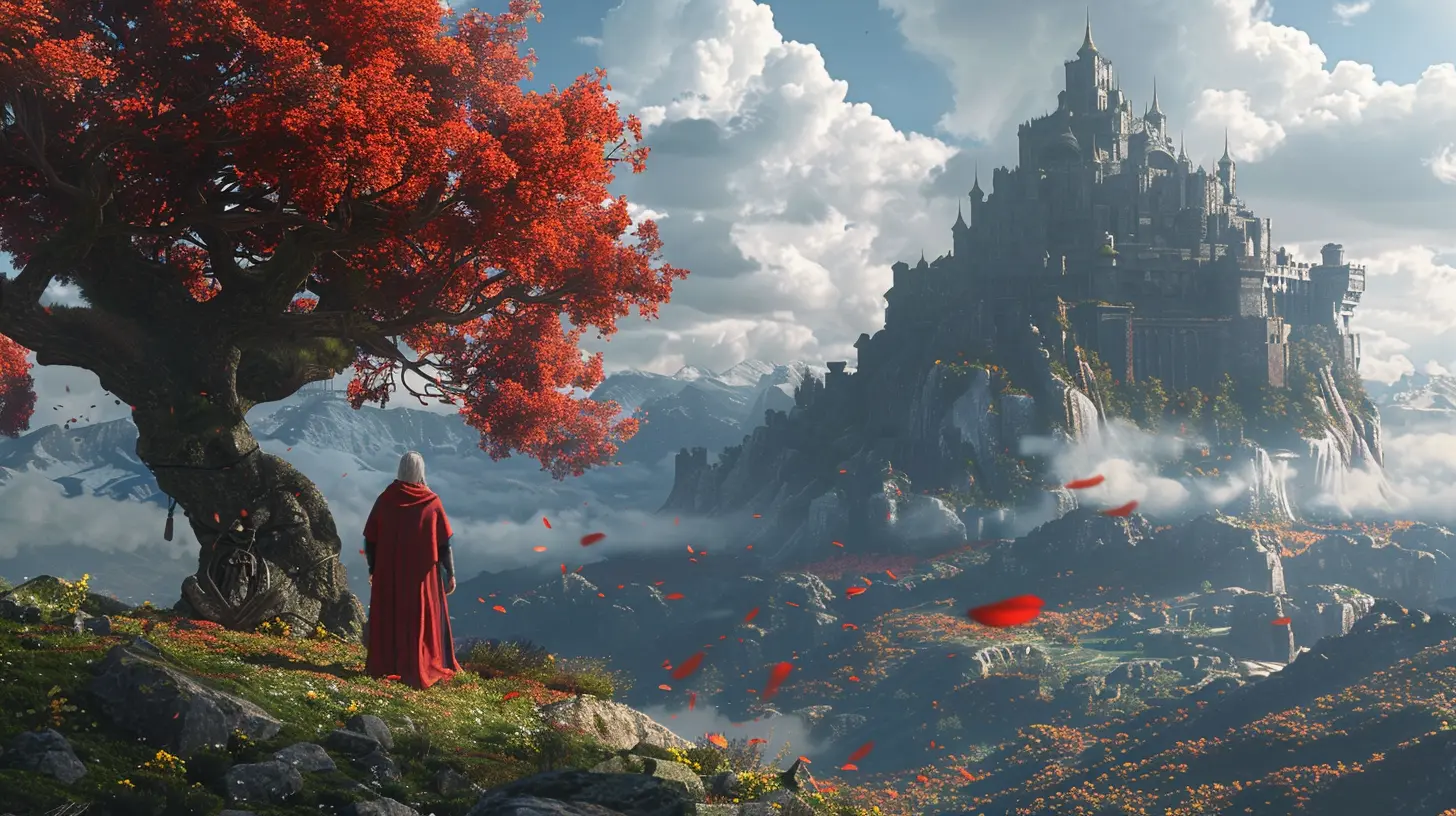
The Power of Visual Design in Immersion
Let’s be real for a second. You can have the most compelling story or the smoothest combat mechanics ever, but without great visuals? Meh. It's just not the same. Visual design is the first thing you notice when you boot up a game. It sets the tone, mood, and vibe instantly. Think about it like walking into someone’s house—before they even say a word, you’ve already formed an impression based on the way it looks. Games are no different.But immersion? That’s a whole different beast. True immersion happens when visual design not only looks amazing but also creates a cohesive world that feels real. It's not just eye candy; it’s eye nutrition. Good visual design pulls you in like a black hole, making you forget you’re sitting in front of a screen.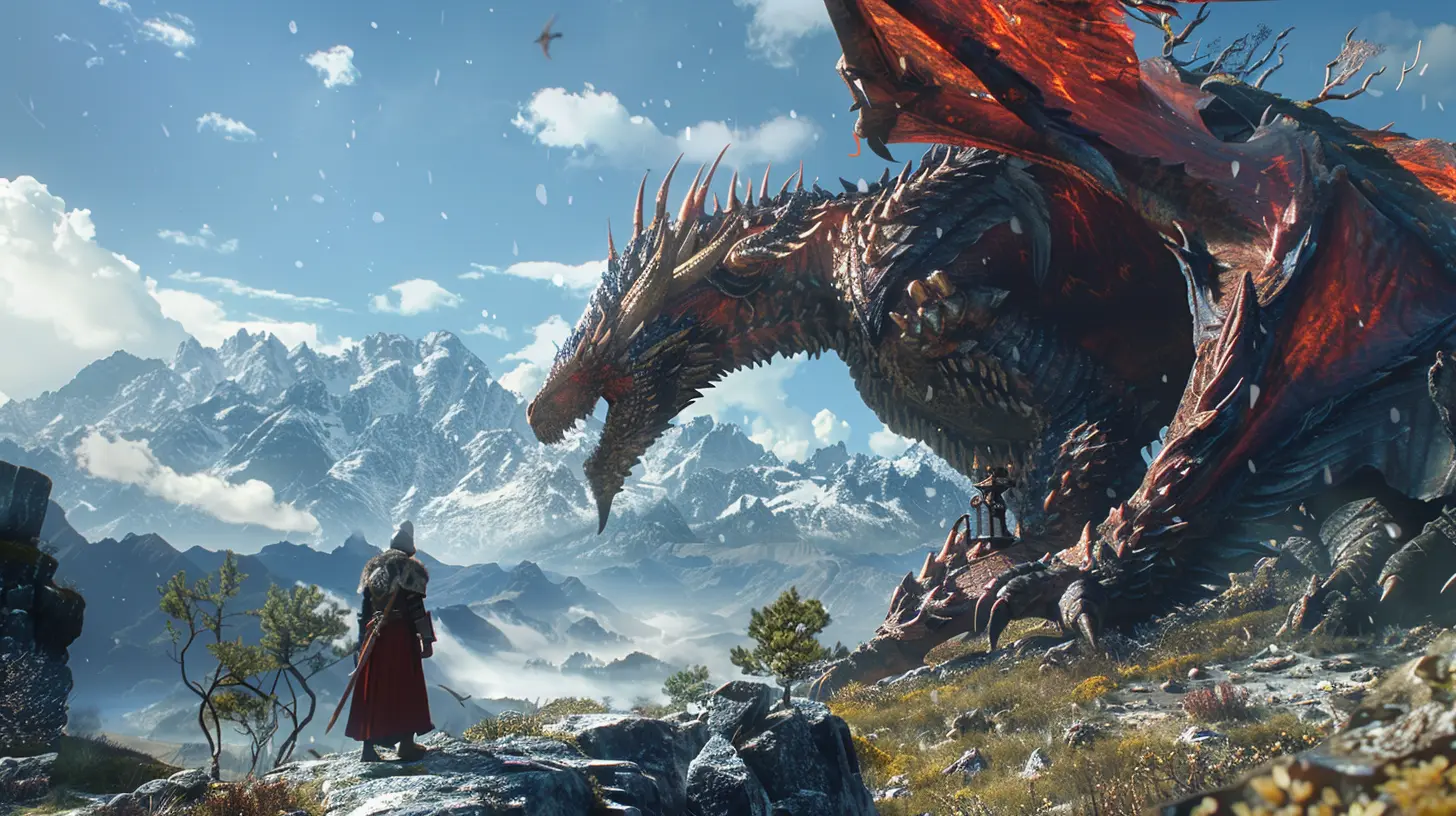
World-Building Through Visual Design
1. Consistency is Key
Ever noticed how the best fantasy worlds feel like they could exist even when you’re not there? That’s because they have consistency. The architecture, the way the trees sway, the style of armor the NPCs wear—it all works together. When things feel out of place, it’s like a record scratch moment. Immersion ruined.Take The Witcher 3: Wild Hunt, for instance. Everything from the peasant villages to the dense forests feels like it belongs in the same universe. The color palette leans heavily on muted, earthy tones, giving the world a gritty, medieval vibe. You’re never pulled out of the experience by something that feels jarring or out of context.
2. Attention to Detail
Ever stopped mid-game to admire the tiny cracks on a castle wall or the glow of fireflies in a swamp? That’s attention to detail at its finest. Small details may not seem like a big deal, but they’re what make the world feel alive. Without them, a fantasy world feels flat—like a cardboard cutout instead of a fully fleshed-out reality.A prime example? Elden Ring. This game is jam-packed with intricate details. From the eerie ruins scattered across the Lands Between to the faint mist rolling across a battlefield, every element screams craftsmanship. It’s like opening a treasure chest every time you play.
3. Environmental Storytelling
Here’s a secret: not all storytelling happens through dialogue or cutscenes. Sometimes, the world itself tells the story. Visual design can subtly communicate history, culture, and emotions through its environment. A ruined citadel isn’t just pretty to look at—it’s a silent reminder of a once-thriving kingdom. A rusted sword half-buried in the sand? That’s a story waiting to be uncovered.One studio that nails this is FromSoftware. In games like Dark Souls or Bloodborne, you can practically feel the despair and decay etched into every cobblestone. The visual design doesn’t just look cool; it tells you everything you need to know about the world without saying a word.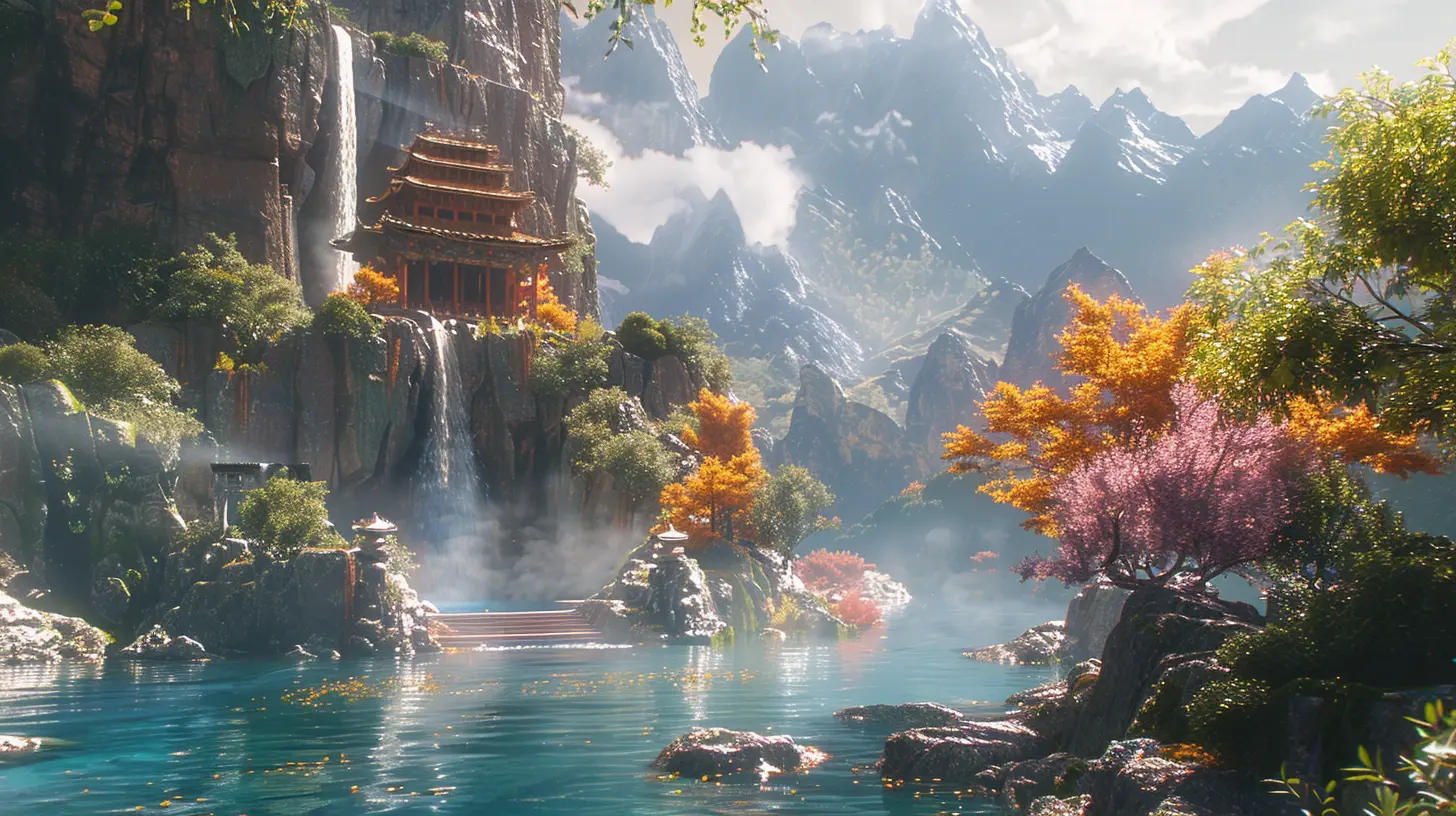
The Role of Art Style in Fantasy Worlds
1. Realism vs. Stylization
When it comes to fantasy worlds, developers face a key question: Should they go for photorealism or a more stylized approach? Both have their strengths.- Realism: This creates worlds that feel almost tangible. Think Red Dead Redemption 2. Its hyper-realistic visuals transport you straight into the Wild West, making every cactus and tumbleweed feel authentic.
- Stylization: On the flip side, stylized art can be just as immersive. Look at The Legend of Zelda: Breath of the Wild. Its painterly, almost dreamlike visuals don’t aim for realism, but they still evoke a sense of wonder and adventure that pulls you in.
In either case, the art style has to suit the story and gameplay. You wouldn’t want DOOM to look like Animal Crossing, am I right?
2. Color Theory and Mood
It’s wild how much color can affect how you feel in a game. Dark, muted tones often create a sense of dread, while vibrant colors evoke joy and excitement. Developers know this and use color theory like a secret weapon to manipulate your emotions and deepen immersion.Case in point: Horizon Zero Dawn. Its lush, vibrant landscapes filled with oranges, reds, and greens make the world feel alive and inviting, in stark contrast to the cold, lifeless machines that roam the land. It’s a perfect balance that keeps players engaged.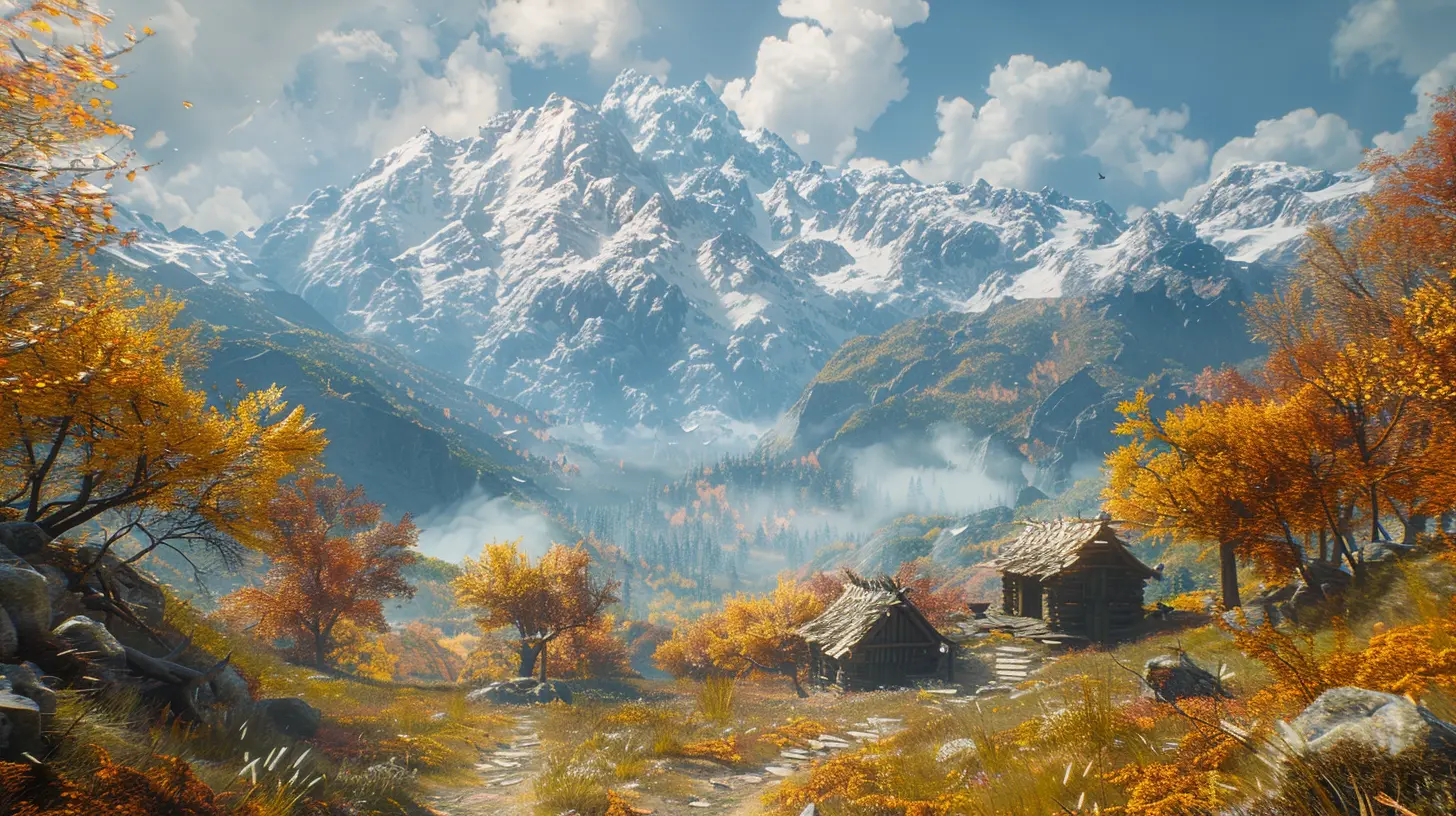
Lighting: The Silent Storyteller
Let’s talk about lighting for a second. It’s one of the unsung heroes of visual design. The way light interacts with the environment can dramatically enhance immersion. Think of it like the director of a play, silently guiding your eyes where they need to go.Dynamic lighting adds depth and realism, like the way sunlight filters through the trees in Assassin’s Creed Valhalla. Meanwhile, moody lighting can create tension and suspense, as seen in games like Resident Evil 7. Good lighting doesn’t just make things look pretty—it sets the tone and dictates how you feel.
The Influence of Animation on Immersion
1. Smooth, Believable Movements
Animations aren’t just for characters. Everything in a fantasy world needs to move in a way that feels believable. Whether it’s the sway of grass in the wind or the fluid motion of a swordsman’s attack, animations bring the world to life.For example, the animations in Ghost of Tsushima don’t just make combat satisfying—they also add to the game’s tranquil, cinematic feel. The way Jin sheathes his katana after a duel? Pure chef’s kiss.
2. Emotional Expression
A big part of immersion is feeling connected to the characters. And you know what helps sell that connection? Animation. Facial expressions, body language, and subtle movements all contribute to characters feeling real. Games like The Last of Us Part II are practically masters of this craft. Ellie’s expressions of fear, anger, or sadness hit hard because they’re backed by brilliant animation.Why All of This Matters
So, why is this level of detail and design so important? Because immersion is what keeps us coming back. It’s what makes a game or world unforgettable. When visual design is done right, it doesn’t just entertain—you feel something. You feel a part of that world.If you’ve ever found yourself thinking, “Just one more quest,” or saying, “I’ll stop after defeating this boss,” you’ve experienced the power of good visual design. It makes fantasy worlds irresistible.
Conclusion: It’s All in the Details
At the end of the day, visual design isn’t just the cherry on top—it’s the foundation of a great fantasy world. It’s the reason we still talk about games like Skyrim and Shadow of the Colossus years after their release. Whether it’s through meticulously crafted environments, gorgeous art styles, or jaw-dropping lighting, visual design does more than transport us—it connects us to experiences that feel larger than life.So the next time you're wandering through a breathtaking virtual world, take a second to appreciate the artistry behind it. After all, true immersion isn’t an accident—it’s a masterpiece in the making.
all images in this post were generated using AI tools
Category:
Fantasy RpgsAuthor:

Whitman Adams
Discussion
rate this article
2 comments
Carter McCune
This article beautifully captures the essence of how visual design elevates our gaming experiences. It’s incredible to see how thoughtfully crafted environments can draw us into fantastical realms, allowing us to escape and explore. Thank you for highlighting this magical aspect of gaming!
December 17, 2025 at 5:29 AM
Claire Lambert
Visual design masterfully enhances our connection to fantasy worlds.
August 24, 2025 at 3:00 AM

Whitman Adams
Thank you! I'm glad you enjoyed the article. Visual design truly is a powerful tool for creating immersive experiences in fantasy worlds!
